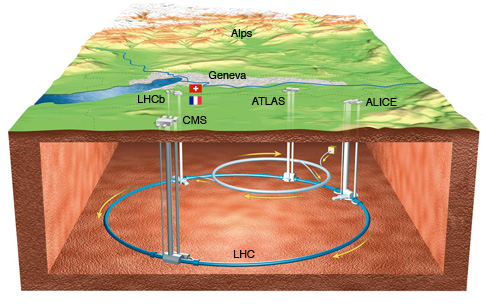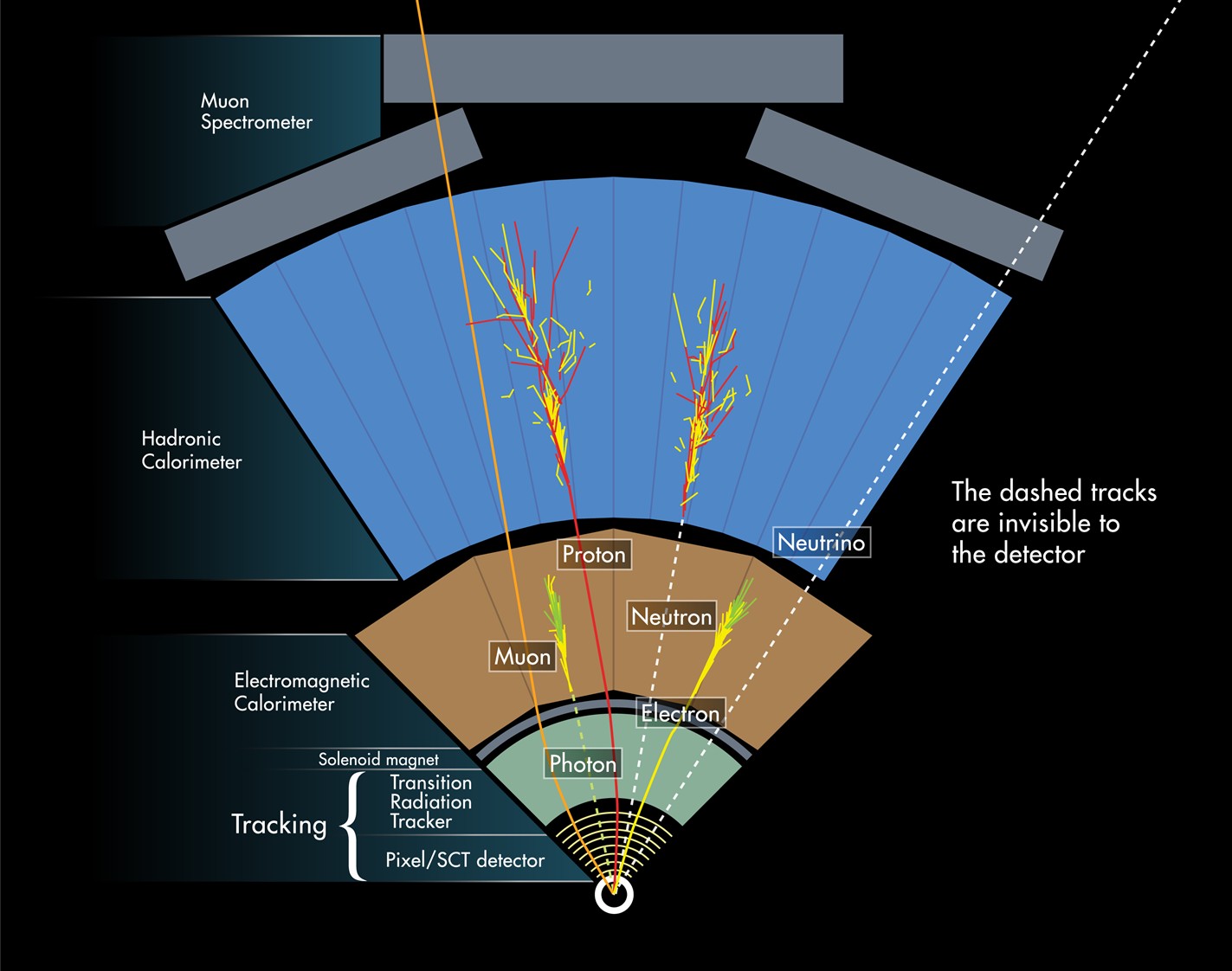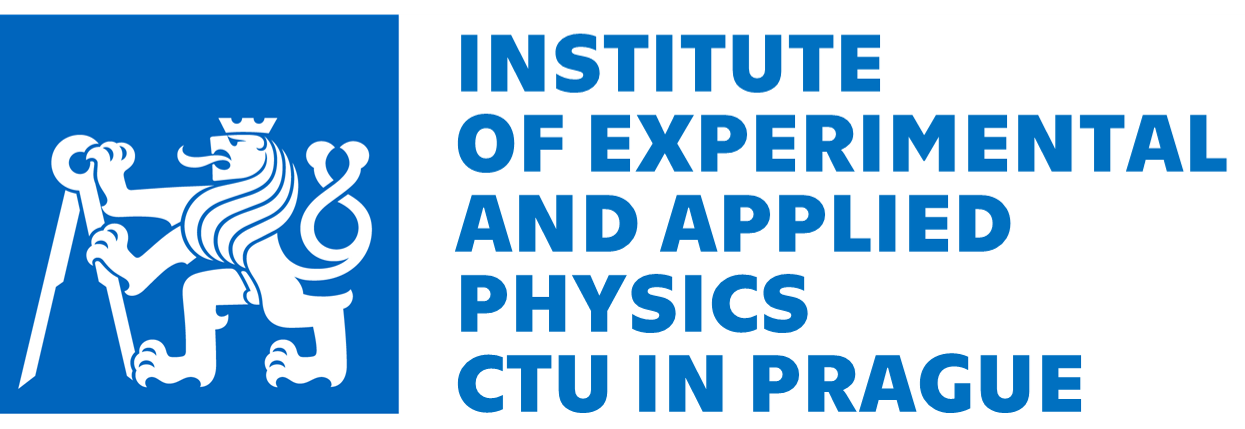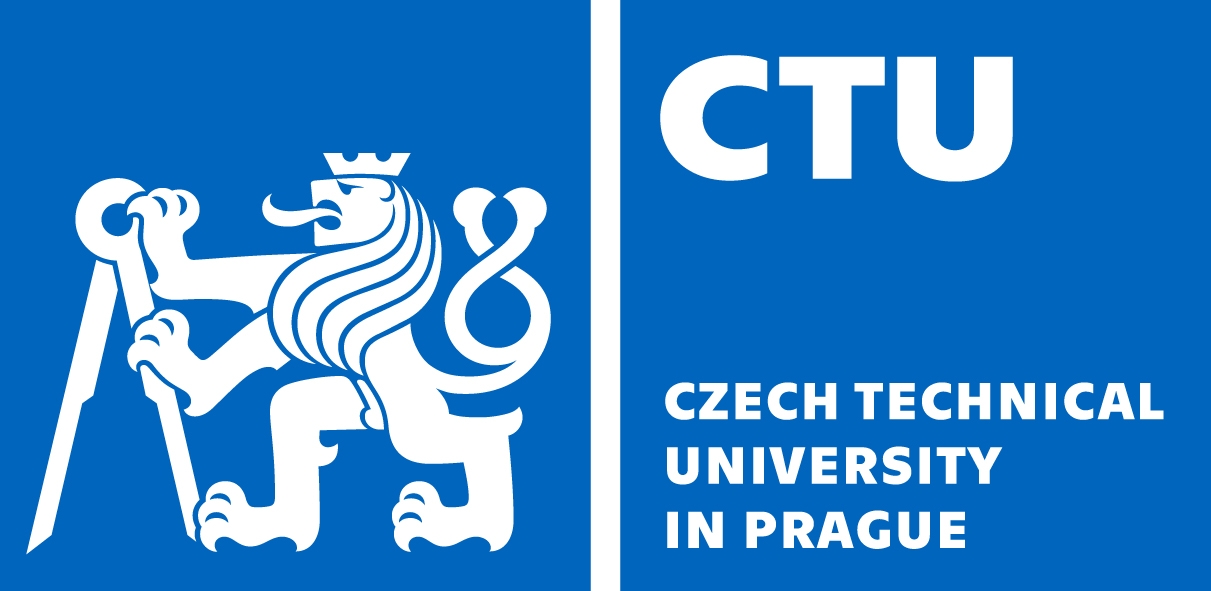What are CERN and the LHC ?
CERN is the European Council for Nuclear Research, an organisation dedicated to research into nuclear and particle physics.
CERN was established in 1954 and is based near Geneva. It currently has 23 member states.
The Large Hadron Collider (LHC) is the world's largest and most powerful particle collider. It was built by CERN and is situated in a 27 km circular tunnel
beneath the Franco-Swiss border. Magnets along the tunnel are used to stear protons around the ring at high speeds. When these high energy protons
collide many particles are produced and among these, in rare cases, there may be a Higgs particle.
Four detectors
The 4 detectors around the LHC are ATLAS, CMS, LHCb and ALICE.
are placed around the tunnel to detect the outgoing particles from these collisions. The data collected
from these detectors is used by physicists to understand the fundamental building blocks of matter.






